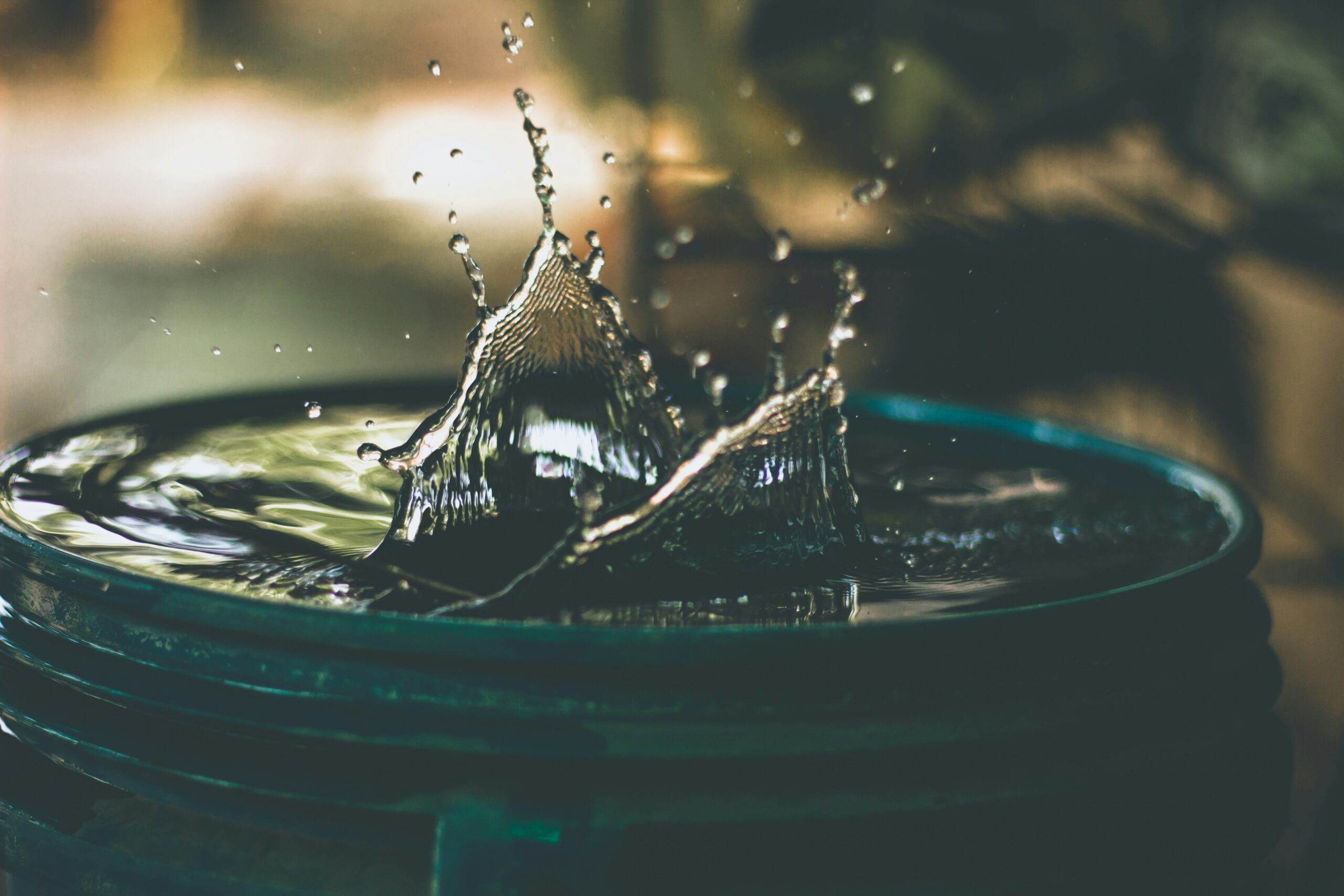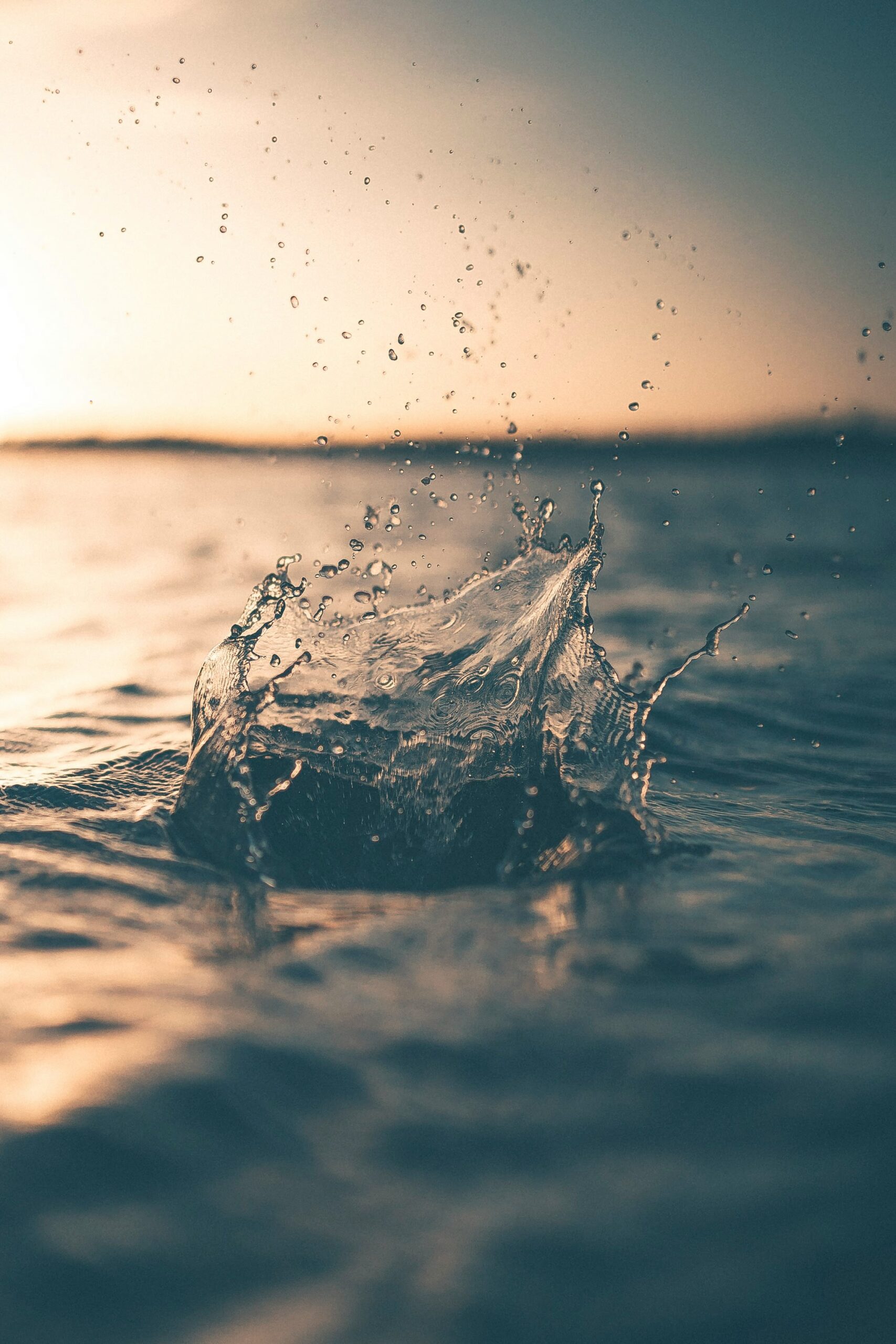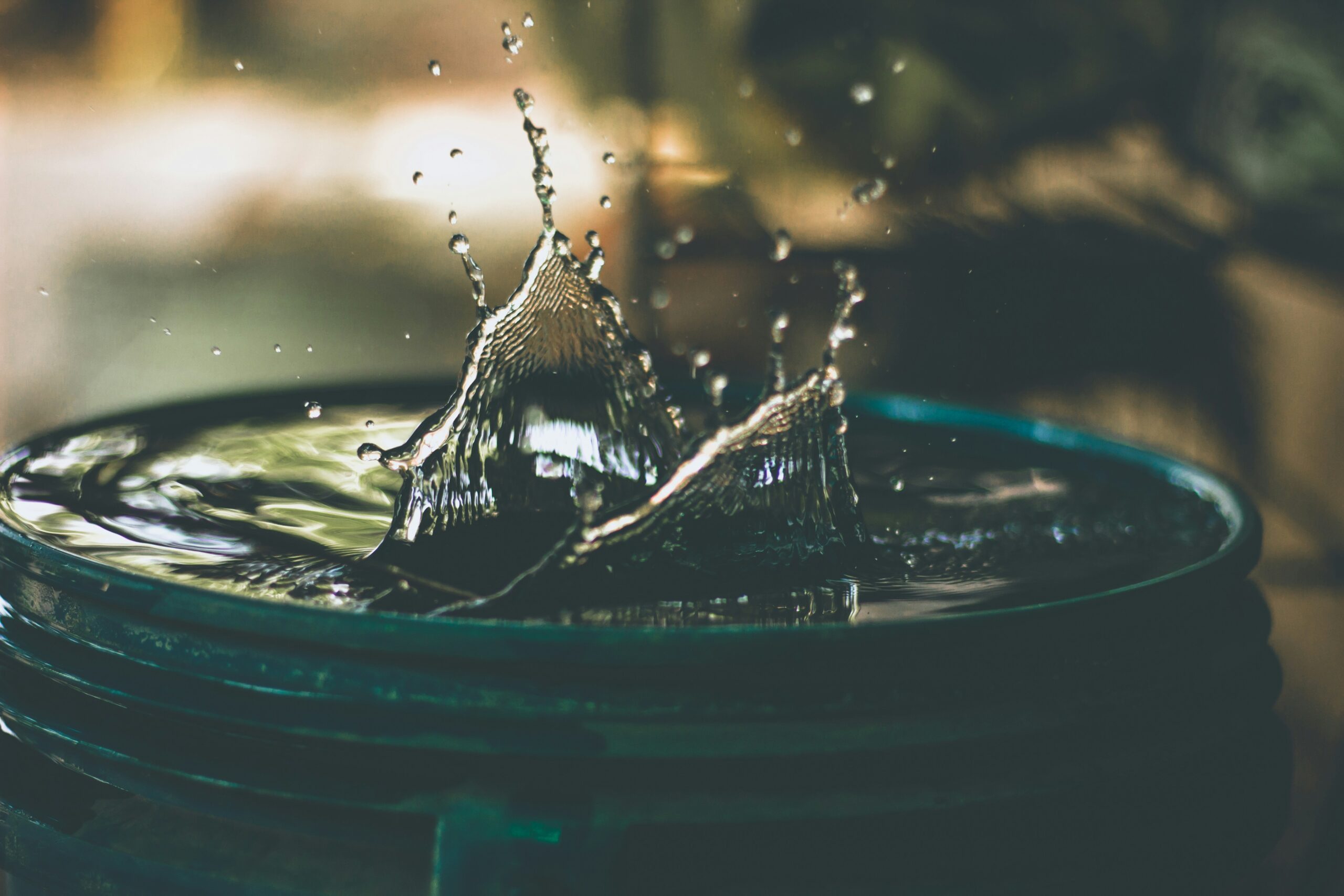Water is a precious resource that is essential for life, and with increasing concerns about water scarcity and environmental sustainability, it is crucial to find innovative solutions for water management. User interface (UI) and user experience (UX) design play a vital role in creating effective conservation apps that can help individuals and communities make a positive impact on water conservation.
The Importance of Water Conservation
Water conservation is the practice of using water efficiently to reduce waste and preserve this valuable resource. With growing populations and changing climate patterns, water scarcity has become a pressing issue in many parts of the world. By conserving water, we can ensure its availability for future generations and protect ecosystems that depend on it.
Role of Conservation Apps
Conservation apps are powerful tools that can empower individuals to monitor and manage their water usage. These apps provide real-time data, personalized insights, and actionable tips to help users make informed decisions about their water consumption. By leveraging UI/UX design principles, conservation apps can enhance user engagement and encourage sustainable water practices.
User-Centric Design
Effective UI/UX design is centered around the needs and preferences of the end-users. When designing conservation apps, it is essential to understand the target audience and create interfaces that are intuitive, visually appealing, and easy to navigate. By prioritizing user-centric design, developers can ensure that the app is accessible and enjoyable for a wide range of users.
Visualizing Water Usage
One of the key features of conservation apps is the ability to visualize water usage data. Through interactive charts, graphs, and infographics, users can gain a clear understanding of their water consumption patterns. This visual representation not only helps users track their progress but also creates awareness about the impact of their actions on water conservation.
Personalized Recommendations
Conservation apps can provide personalized recommendations based on user data and behavior. By analyzing water usage patterns, these apps can suggest specific actions to reduce water waste and promote conservation. For example, if a user consistently takes long showers, the app can recommend shorter shower durations or the use of water-efficient showerheads.
Real-Time Monitoring
Real-time monitoring is a crucial aspect of conservation apps. By connecting to smart water meters or IoT devices, these apps can provide users with up-to-date information about their water usage. This real-time feedback helps users identify areas of improvement and make immediate changes to their water consumption habits.
Gamification
Gamification techniques can be employed in conservation apps to make the process of water conservation more engaging and rewarding. By incorporating challenges, achievements, and leaderboards, these apps can motivate users to adopt sustainable water practices and compete with friends and family. Gamification adds an element of fun and encourages long-term behavior change.
Community Engagement
Conservation apps can also facilitate community engagement by connecting users with local water conservation initiatives and resources. By providing information about water-saving events, workshops, and rebates, these apps encourage users to get involved in collective efforts to conserve water. Community engagement fosters a sense of shared responsibility and encourages a broader impact.
Continuous Improvement
UI/UX design is an iterative process, and it is essential to gather user feedback and make continuous improvements to conservation apps. By conducting user research, usability testing, and analyzing user behavior, developers can identify areas for enhancement and refine the app’s features and interface. This iterative approach ensures that the app remains relevant and effective in promoting water conservation.
Conclusion
UI/UX solutions play a crucial role in the development of innovative water management apps. By focusing on user-centric design, visualizing water usage, providing personalized recommendations, enabling real-time monitoring, incorporating gamification, fostering community engagement, and embracing continuous improvement, conservation apps can empower individuals and communities to make a significant impact on water conservation. Through effective UI/UX design, we can create engaging and user-friendly apps that inspire sustainable water practices and contribute to a more water-conscious society.




Leave a Reply